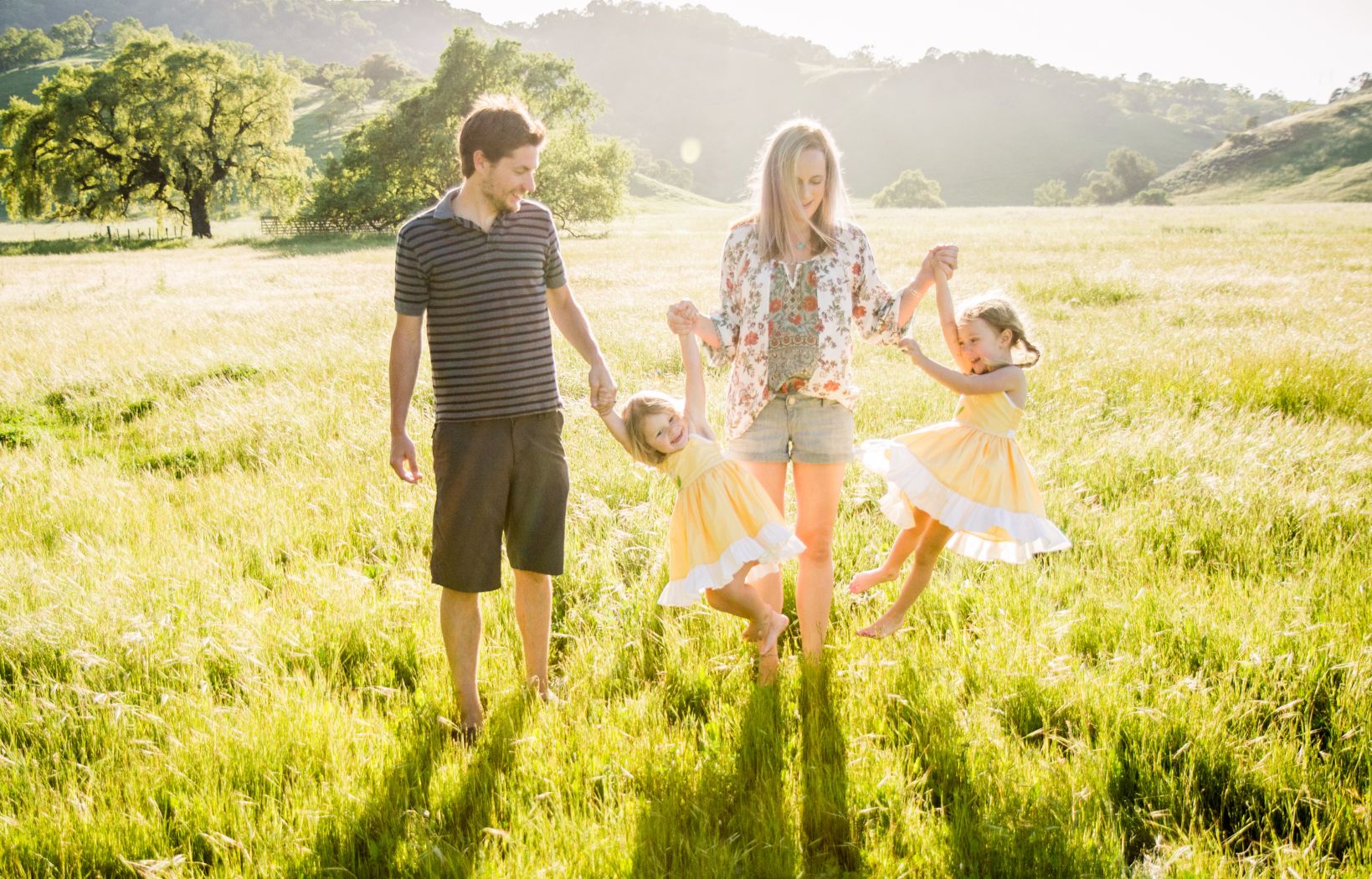Recently, I found myself feeling very overwhelmed. My mom’s 84-year-old husband wound up in the hospital with chest pain, which led to a diagnosis of “heart flutter,” more tests, an angiogram, and a two-night stay in the hospital. Unfortunately, within the next day, an infection ensued and things became more serious, requiring a second and much-longer hospitalization. Feeling helpless, I packed my car and drove 14 hours to be closer and support my loved ones in whatever way I could.
I arrived late, woke early, and stepped into my caretaking role. Feeling anxious from the circumstances of my visit, mixed with the coronavirus pandemic, I was surprised at how I was able to complete one task after another with focused attention while also holding space for my fragile mother. After a few days, however, I experienced my energy significantly lagging. I began noticing how difficult it was for me to concentrate on simple tasks, such as pouring a glass of water or carrying on a conversation. It wasn’t long before I felt utterly exhausted. Movement, nourishing food, and deep rest helped bring me back to feeling like myself again.
It was then that I remembered a useful model, taught during my yoga therapy education at The Niroga Institute, called the trauma exposure response, defined as “the transformation that takes place within us as a result of exposure to the suffering of other living beings or the planet.” Laura van Dernoot Lipsky, founder and director of The Trauma Stewardship Institute and author of Trauma Stewardship: An Everyday Guide to Caring for Self While Caring for Others and The Age of Overwhelm, came up with these 16 components that indicate a trauma exposure response:
- A feeling of helplessness or hopelessness
- A sense that one can never do enough
- Hypervigilance
- Diminished creativity
- Inability to embrace complexity
- Minimizing
- Chronic exhaustion or physical ailments
- Inability to listen or deliberate avoidance
- Dissociative moments
- Sense of persecution
- Guilt
- Fear
- Anger and cynicism
- Inability to empathize or numbing
- Addictions
- Grandiosity
I could see myself progressing through these phases. Once I felt the exhaustion, I knew I had to do something about it, less I move into more debilitating stages.
Anyone who has the privilege of serving others can benefit from this information. In fact, I’d say that it’s even critical for the health of the caretaker, as well as those that he or she is serving, to both understand and identify personal blocked areas to prevent harm to oneself and to others. My guess is most caretakers have really good intentions, however, if they’re lacking in their own self-care, the receivers of their care could be at risk.
This information was especially helpful to me as I considered my own mind-body response to caring for my mom and her sick husband. My usual self-care routine had become secondary, as I focused on daily caretaking demands, in an unusually-heightened and stressful time. In hindsight, I see other potential compounding factors that were wearing me down, such as a huge work deadline and other triggers, possibly related to previous years of personal and professional exposure to high stress and trauma, that were setting the stage for my exhaustion. Add COVID into the mix, and it’s no wonder why I was feeling so imbalanced. Recognizing my fatigue, plus other signs and symptoms early on helped me to take necessary steps toward self-care. I believe I would have burned out, become sick, and/or been unable to support my family during that critical time had I continued to avoid my own needs.
Peter A. Levine, PhD, author, clinical psychologist, and a leader in studying and treating trauma, defines trauma as “the debilitating symptoms that many people suffer from in the aftermath of a perceived, life-threatening, or overwhelming experience.” The key to returning to a balanced state of mind and body is recognition. If high levels of ongoing stress and trauma are not addressed, walls of protection can be built around the heart. Unless we develop healthy coping skills, those walls can thicken, creating a barrier between ourselves and those we love. This can result in our vibrancy waning, loss of connection, dulling our full range of emotions, or even skewing our self and world perceptions.
Developing self-compassion is one of the keys to healing. Self-compassion looks like a self-care plan that includes mindfulness, meditation, breath, and movement to break down barriers around the heart, uncover your inner creative spirit, and support the feeling of aliveness and joy that is inside of you.














